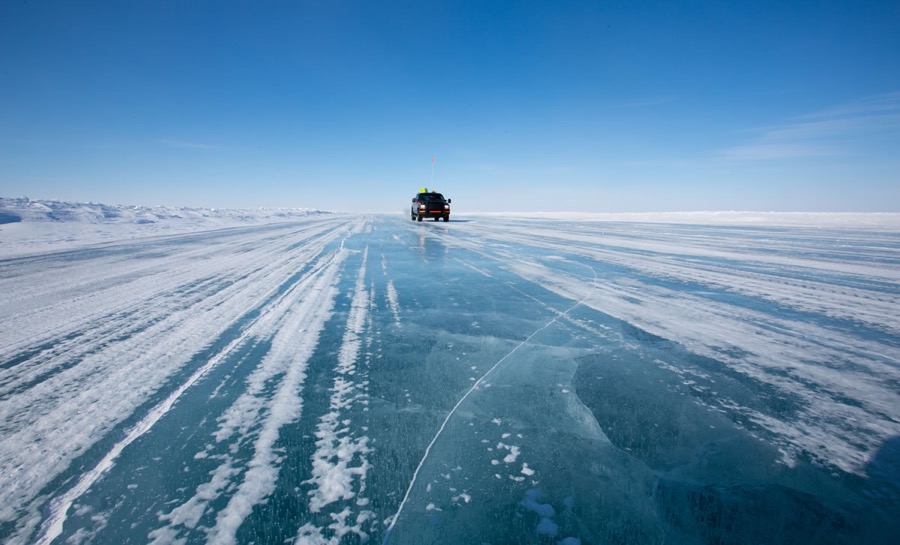
Rio Tinto (NYSE:RIO) marks 20 years of production on Monday from its Diavik diamond mine in Canada’s Northwest Territories.
The Diavik diamond deposit was discovered in the 1990s as part of the largest mineral prospecting rush in Canadian history. Commercial production at Diavik began in 2003, and since produced over 140 million carats of rough diamonds through a combination of surface and underground mining.
The Diavik production comprises predominantly white gem quality diamonds with less than 1% production of yellow diamonds. Diavik diamonds are known for their Canadian provenance and clean quality.
Known as the Barren Lands, located 220 kms from the Arctic Circle, the two billion year old Diavik diamonds lie below a frozen lake requiring considerable fortitude and technology to recover them from beneath the permafrost.
Award winning dike technology was developed to keep the waters of Lac De Gras at bay, while a seasonal ice road – operating eight weeks per year and bridging frozen lakes and ponds – was created to transport thousands of tonnes of construction material. It is still used each year as a vital resupply artery for the Diavik workforce of around 1,100 people.
Helping to power the Diavik site is an award-winning wind farm which, on a strong wind day, provides half the site’s energy needs.
Given the isolation of the mine site and its extremely cold climate, the $31 million project presented a number of transport, construction and engineering challenges, and no guarantee of success. Innovative ways were found to prevent the turbines from freezing into inaction in temperatures below minus 40 degrees celsius and today, Diavik operates the world’s largest wind-diesel hybrid power facility and is a leader in delivering cold climate renewable energy.
From the initial planning stages at Diavik, local communities have been widely consulted about the operation and the impact of the mine.
Angela Bigg, President of the Diavik diamond mine praised the partnerships with local communities and the five indigenous groups with Diavik Participation Agreements.
“Being allowed to mine is a privilege and we honour that by working respectfully and through a sense of shared endeavour with our local partners. These are relationships we recognise and value strongly, “ Biggs said in the statement.
“Local partnerships have led to the development of considerable employment, training, and capacity building opportunities.” Today almost a quarter of Diavik’s workforce is Indigenous and some 40% is Northern.
Since 2000, Diavik has spent $7 billion with Northern businesses, or around 72% of the total business spend of $9.8 billion. Of this, $3.6 billion has been spent with Northern Indigenous businesses and their joint ventures.